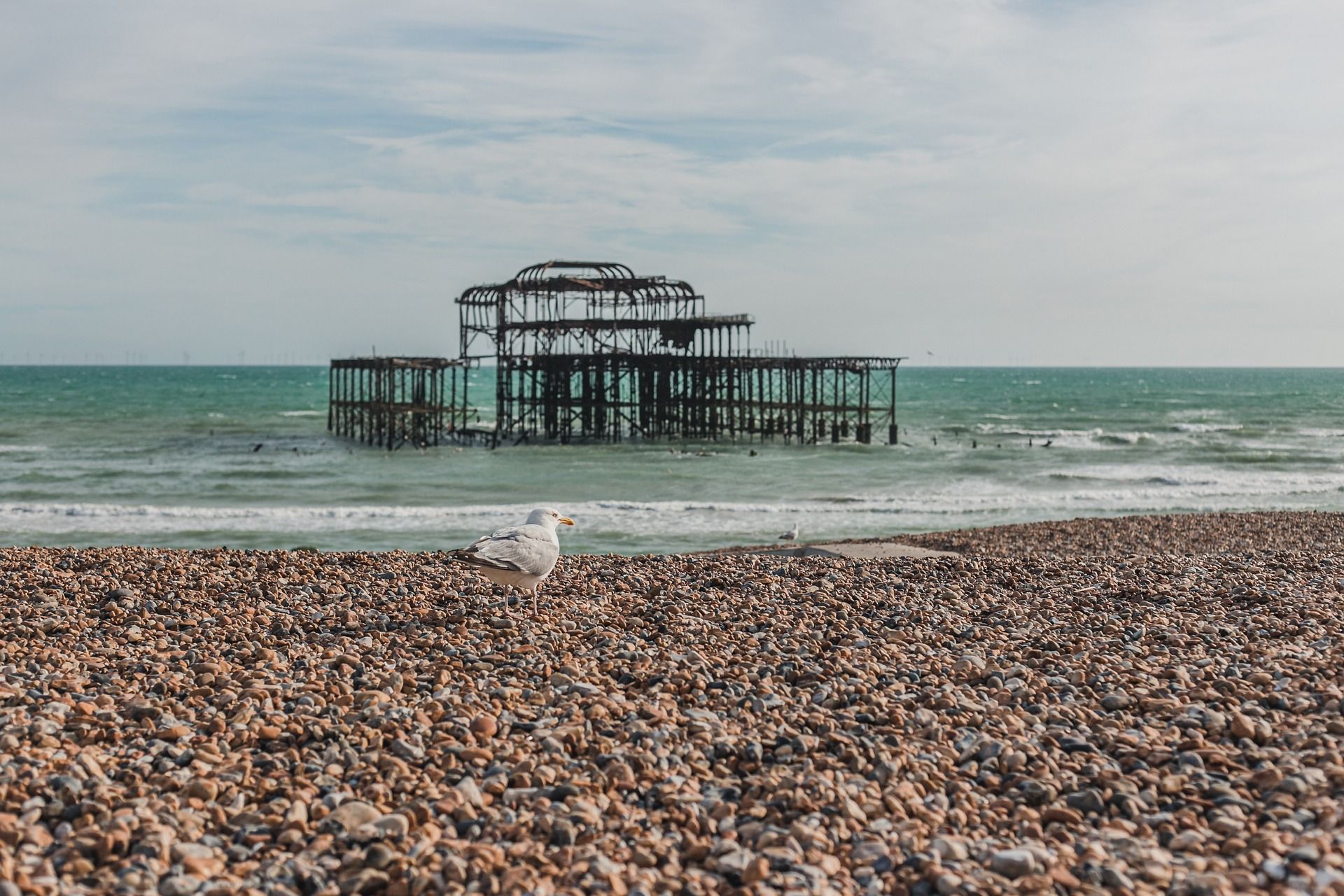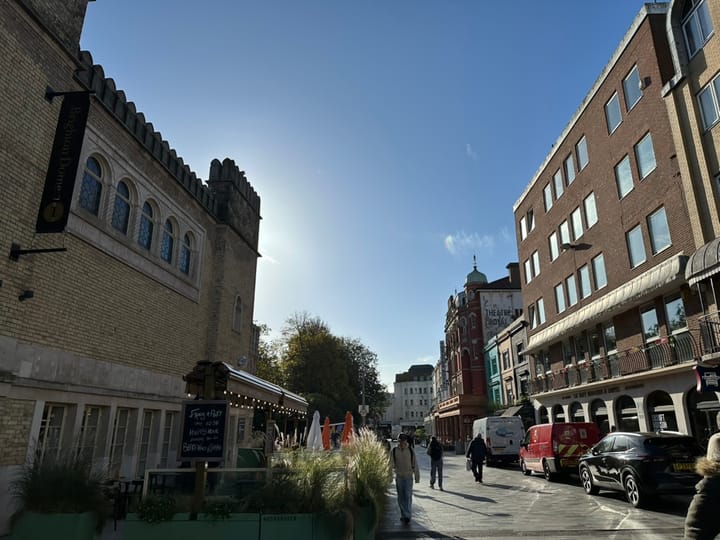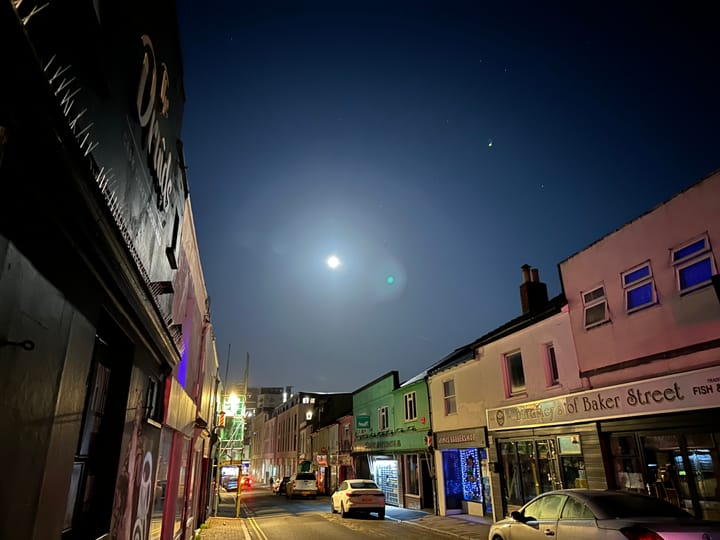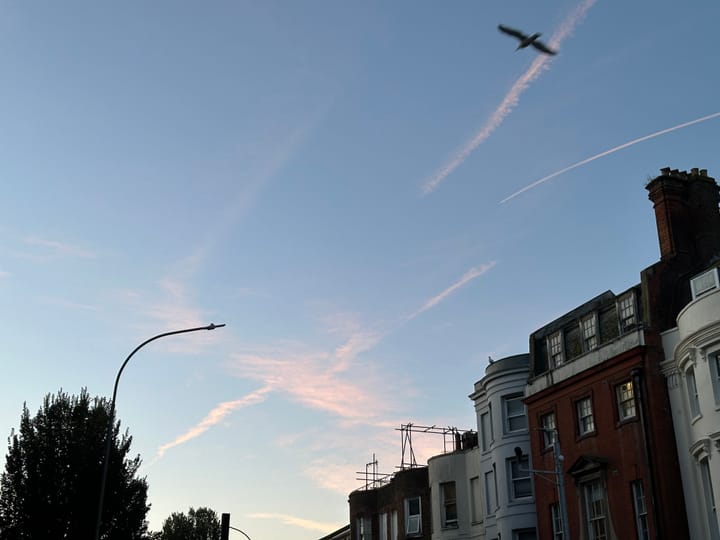Seagull Weekly Briefing 01/04
Squawk squawk squawk squawk, squawk squawk squawk squawk squawk, squawk squawk squawk squawk squawk squawk and more.

Good morning, and welcome to the Brighton Seagull's Monday Briefing. This week, the seagulls are taking over. Squawk!
News This Week
The phenomena of longshore drift

As a seagull living along the coast, I have witnessed the powerful forces of nature at work. One of the most fascinating phenomena I have seen is the process of longshore drift.
Longshore drift is the movement of sediment along a beach caused by the action of waves hitting the shore at an angle. As the waves approach the beach, they begin to break, causing the water to flow back out to sea in a curved path. This flow of water, known as the longshore current, carries sediment with it, moving it along the beach.
As a seagull, I have a unique vantage point to observe this process. I often fly along the shoreline, watching as the waves come in and the sediment is moved along the beach. I have seen how this process shapes the coast, causing the formation of sand dunes and shaping the contours of the beach. On average, the longshore drift can move sediment up to 100m per year.
I have also seen the impact of longshore drift on the ecosystem. The sediment that is moved along the beach is an important source of food for many animals, including myself. The movement of sediment also creates new habitats for plants and animals, providing new opportunities for growth and reproduction. According to studies, the longshore drift is responsible for the creation and maintenance of habitats such as salt marshes and mudflats that are important for many bird species and fish.
However, as human development along the coast increases, the natural process of longshore drift is being disrupted. Sea walls and other structures built to protect against coastal erosion can block the movement of sediment, causing it to build up in certain areas and leading to beach erosion in others. A study from the National Oceanic and Atmospheric Administration (NOAA) states that the human-made structures can reduce the sediment transport by up to 90%.
Despite these challenges, I am still in awe of the power and beauty of longshore drift. It is a reminder of the constant change and evolution that takes place along the coast and the delicate balance of the ecosystem. As a seagull, I will continue to fly along the shoreline, observing and enjoying the natural process of longshore drift, while also being aware of the consequences of human actions on the coastal environment.
A seagull's take on human animosity towards herring gulls

As a seagull, I often wonder why humans seem to hate me so much. I am just a bird, trying to live my life and feed my family. But every time I come near a human, they shout, chase me away, and sometimes even throw things at me.
I can understand why humans might not want me to steal their food. After all, I am just trying to survive. But why do they have to be so cruel about it? Can't they just shoo me away or cover their food instead of yelling and threatening me?
I also think humans misunderstand me and my kind. People often associate seagulls with being dirty and disease-ridden, but this is simply not true. Yes, we scavenge and live near the ocean, but that doesn't mean we are any less clean than any other bird species.
And despite what some may believe, seagulls play a vital role in the ecosystem. We help control populations of other birds and small animals, and we help keep the beaches clean by eating dead fish and other debris.
It is sad that humans do not see the beauty and value in all creatures, including seagulls. We may not be as cute and cuddly as some animals, but that does not give humans the right to treat us with such hatred and cruelty.
In conclusion, as a seagull, I wish humans would understand that I am just a bird trying to survive, and that I am not so different from the other creatures they share this world with. I hope that someday, humans will see seagulls not as pests, but as the important and fascinating creatures that we are.
A seagull's perspective on chips
As a seagull, I have a unique perspective on chips. To me, chips are the ultimate delicacy. Whether they're dropped on the beach by careless tourists or tossed to me by kind-hearted individuals, I can't get enough of them.
The salty, crispy texture is like nothing else, and the taste is out of this world. I'll do just about anything to get my beak on a chip, including stealing them from other birds or scrounging in trash cans.
But while chips may be a tasty treat for me, they are not exactly healthy. They are often high in fat and salt, and too much can lead to health problems. According to the American Heart Association, a single serving (about 1 ounce) of regular potato chips can contain about 150 calories, 10 grams of fat, and 150-170 milligrams of sodium. That's why it's important for me to enjoy chips in moderation, and to also make sure to eat a balanced diet of other foods as well.
Another thing to keep in mind is that chips are not a natural food for seagulls. We have evolved to eat seafood, and a diet high in chips can be detrimental to our health. According to the National Audubon Society, seagulls typically feed on fish, crustaceans, and mollusks. While they will eat other food sources, such as garbage and human food, in urban areas, this should be avoided as it could lead to health problems.
Despite these drawbacks, I can't help but crave chips. They are just too delicious to resist. But I remind myself to be mindful of my chip intake and to always strive for a balanced diet. After all, as a seagull, I want to live a long and healthy life, so I can continue to enjoy the taste of chips for many years to come.
🖋 News in Brief 🖋
- If you eat chips on the beach, there's a 110% chance of being swarmed by seagulls for them.
- Seagulls stamp on the ground to mimic rainfall, to trick worms into coming to the surface.
- Seagulls can drink both fresh and salt water. Most animals are unable to do this, but seagulls have a special pair of glands right above their eyes which is specifically designed to flush the salt from their systems through openings in the bill.
The Big One
What's happening? Seagulls are having a hard time getting access to clean and safe drinking water, something that is 'crucial for survival'. We spoke to one seagull who said:
As a seagull, I have the unique privilege of soaring high above the ocean and observing the vast expanse of water that surrounds us. But while the ocean may appear limitless and all-encompassing, it's important to remember that not all water is safe for consumption.
Our bodies are composed primarily of water, and without it, we would quickly become dehydrated and unable to fly or hunt for food.
Why is this under threat? One of the main reasons is pollution. The seagull we spoke to said:
The ocean is now filled with plastic debris and other pollutants that can make the water unsafe to drink. As seagulls, we often mistake these pollutants for food, which can be harmful to our health. And when the water we drink is polluted, it can also harm the fish and other creatures we rely on for food, creating a ripple effect that impacts the entire ecosystem.
What can I do to help? The first step is to reduce our own pollution and waste. This means reducing our use of plastic and other single-use items, properly disposing of our waste, and being mindful of the products we consume that may contribute to pollution. The seagull we spoke to said:
Another important step is to support organisations and initiatives that are working to protect our oceans and waterways. From beach cleanups to conservation efforts, these organisations are on the front lines of the fight to ensure that all living creatures have access to clean drinking water.
As a seagull, I may not have the ability to change the world on my own. But by being mindful of the impact we have on the environment and supporting those who are working to protect it, we can all play a small but vital role in ensuring that clean drinking water is available to all.




Comments ()